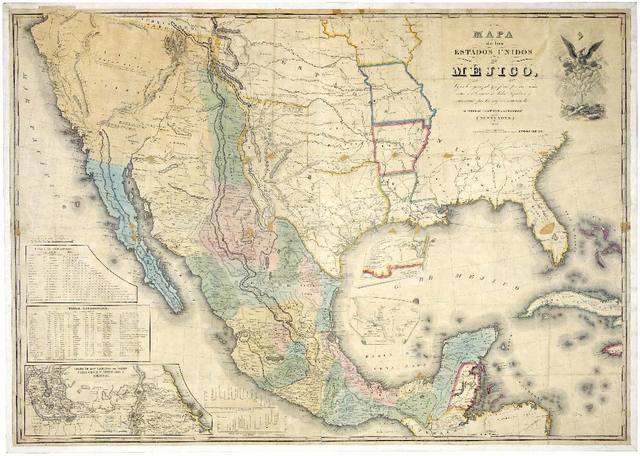Two Very Different Americas: Arizona’s Anti-Hispanic Attitude Is Nothing New
Arizona’s Anti-Hispanic Attitude Is Nothing New

Latest Article|September 3, 2020|Free
::Making Grown Men Cry Since 1992

